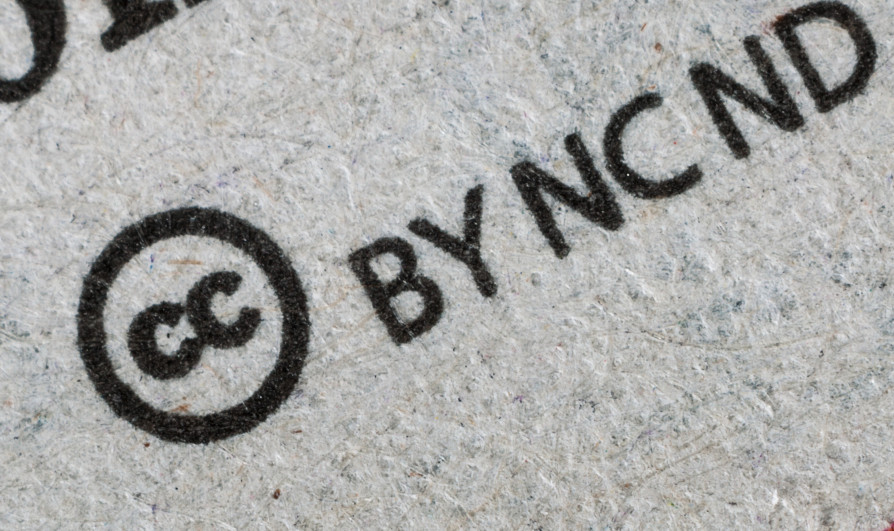
In this article, Eugen Stoica, Scholarly Communications Officer, explains the relationship between Copyright – Creative Commons licences – Open Access, and why these are important for teaching and education.
In order to help teachers to have access to a wide range of literary and artistic works that may be helpful for education, higher education institutes (HEIs) usually sign a comprehensive licence with the Copyright Licensing Agency (CLA). While such a licence is incredibly helpful, it has its limits. In addition to the CLA licence, it is possible for teachers to use literature that was published Open Access, under a Creative Commons licence or that is out of copyright.
The question is: how do you determine whether an article is available Open Access (and not visible because of Library subscription) and, if it is published under a Creative Commons licence, how it can be (re-) used?!
Brief description
Copyright is a legal right, giving the owner control over their literary or artistic work and how it is used. Copyright grants creators several exclusive economic rights (to reproduce, distribute, display etc) over their creative works, which they can monetise by licensing or assigning the copyright. The phrase “All Rights Reserved” is often used by copyright-owners to indicate that they retain all these rights granted to them under the law.
Generally, after 70 years from the death of the author, the work will be out of copyright (enters the public domain) and anybody can exercise those economic rights which are no longer exclusive.
Open access is a mechanism by which research outputs are distributed online, free of cost or other access barriers. Open-access (OA) literature is digital, online, free of charge, and free of most copyright and licensing restrictions. (Suber, 2008).
The easiest way to achieve this is by using Creative Commons licences, which are based on copyright legislation. Creative Commons licenses offer creators a spectrum of choices between retaining all rights and relinquishing all rights (public domain), an approach that is called “Some Rights Reserved.” These licenses allow creators to communicate which rights they reserve and which rights they waive, the result being an adaptable copyright-management regime, benefiting both copyright owners and licensees.
The relationship
Copyright, Creative Commons, and Open Access are naturally interlinked, and they all rely and benefit from each other. Theoretically, it is possible to discuss copyright without even mentioning Creative Commons or Open Access but not the other way around – it is not workable to discuss CC or OA without mentioning copyright.
Open Access is a notion that is put into practice using Creative Commons licences, which, in turn, are relying on copyright general rules. Creative Commons licenses do not replace copyright but are based upon it, and copyright would be opaque and unapproachable for most mortals without Creative Commons simplicity and Open Access vision.
The benefits
A good knowledge of these concepts will give users (a) confidence in dealing with the prickly issues of copyright and (b) access to many more literary and artistic works that may be used for teaching and education. The copyright exceptions stipulated in CDPA 1988 could be used to maximum effect for both teaching and research by students and academic staff.
The vision is to use these three concepts, of the same substance, towards realising the full potential of scholarly research.


